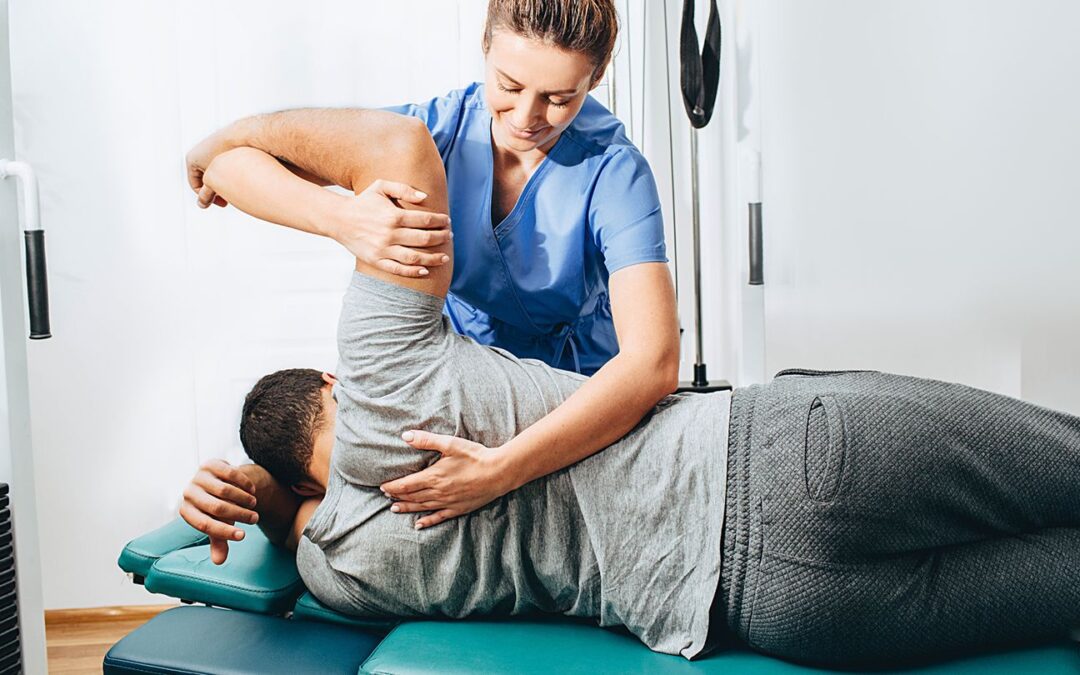
Why Sooner Is Better Than Later
In all aspects of healthcare, you often hear the phrase, "early detection." Over the span of lives of mankind, medicine of all disciplines has changed their focus from a tendency toward reactive treatment to a model of preventative care. From dental disease to diet...

How can Physical Therapy help me?
Physical Therapy is a trusted healthcare industry dedicated to evaluating and treating certain injuries and illnesses. The goal of Physical Therapists is to ease pain by helping you to move, live, and function better. [Source: bls.gov]. Also known as...

When Backs Go Bad: Part II
Back pain is very common, yet many people are unaware of actual causes, types and cures for back pain. We are here to help and educate you for those moments when your “back goes bad!” Follow along and learn with us as we continue our “When Backs Go Bad” Blog...

When Backs Go Bad – Part I
Did you know that 80-90% of people have low back pain at some point in their lives? Back pain is very common, yet many people are unaware of actual causes, types and cures for back pain. We are here to help and educate you for those moments when your “back goes...
